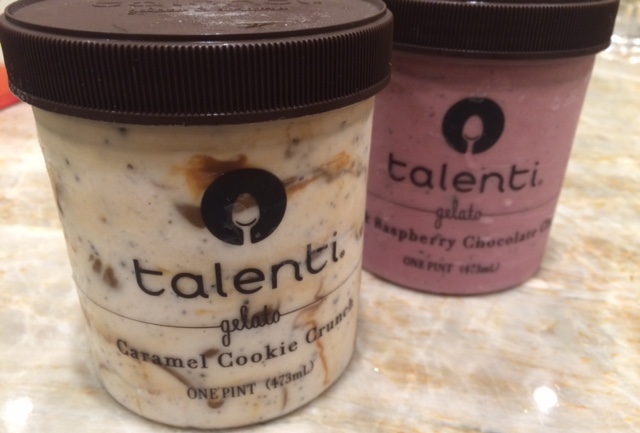This is the first of what I hope are many excursions from the usual subject of B2B product and content marketing. Today we are going out for dessert. I hope that’s okay with you!
I love frozen treats, so I was really excited the first time I had delicious gelato from Talenti at a dinner party. The product is first-rate, but there is a lot of premium ice cream and gelato here in San Francisco. What really got me was Talenti’s unique packaging: clear jars with understated text and images, with the product totally visible from the outside.
From the Heart of Texas
Talenti is a classic story of start-up perseverance. Company founder Josh Hochschuler started the company in 2002 as a retail store in Dallas. After years of struggle and multiple brushes with bankruptcy, the company pivoted to a distribution model and reached $1.2 million in sales by 2007. Hochschuler then teamed up with Steve Gill and Eddie Phillips, the founders of Belvedere and Chopin vodkas, and from there everything changed.[1]
With an injection of capital and new distribution muscle, Talenti took off. Sales roughly doubled each year, reaching $120 million in 2014. In December of that year, Unilever bought the company for an undisclosed sum.[2]
How did an upstart like Talenti become the hottest thing in cold treats? The product is great, but that doesn’t matter if no one tries it. The secret is in the packaging.
Everyone Loves Jar Jar
Market research confirms that many consumers first bought Talenti because of its packaging, clear plastic screw-top jars which provide a literal insight into the product. Hochschuler wanted product displays to mimic the case full of colorful flavors in a gelateria.[3] Not only did he succeed at this goal, he got more than he bargained for.
The Talenti jars live much longer than the gelato (especially in my house!) They are incredibly useful for a variety of other things. Last year, I worked in an office where one woman brought homemade soup for lunch in Talenti containers. They were just the right size, easy to carry and hand wash, and inevitably sparked conversations about the wonderful gelato that came in those jars.
With such great “accidental marketing”, it’s no wonder Talenti grew 100% a year in a slow-growth industry, largely by word of mouth.
It’s Clear: Be Transparent
We can take two valuable B2B marketing lessons from Talenti’s success:
- Be transparent with customers to win their trust.
- Be so useful that your customers are compelled to share you.
Retail purchasers are four times more likely to buy products in clear packaging.[3] Yet most software companies have a hard time providing “clear” views of their products. When we go window shopping on the Internet, the software we’re considering is mostly hidden from us. We can see feature lists, testimonials, live demos, and even free trials – but does any of this have the magnetic pull and implied brand promise of a perfectly marbled Caramel Cookie Crunch gelato?
Usually, we hide our software behind many opaque layers. But why do this if our customers are going to love it? Why not strip away the gates in our marketing funnel and let them drool over our great software? There must be a way to do this – right?
A Talenti jar can get used over and over, tempting us to buy more gelato every time we use it to take leftover chicken to work. And then the jar can start a truly “viral” pitch, when a colleague asks about it. But B2B companies struggle to go viral. Even with all the marketing channels available to us, no billion-dollar budget is half as valuable as talkative, happy customers.
How can we put our B2B brands somewhere that millions of people will naturally see them, because our customers find our products too wonderful not to share? This is possible – isn’t it?
If we can apply the lesson of Talenti to our marketing efforts, then the outcome will indeed be sweet.
ENDNOTES
[1] Got a whole gelato love – Fortune
[2] Unilever buys Talenti gelato e sorbetto for undisclosed sum
[3] Talenti Gelato’s Clear Packaging Advantage – Businessweek


